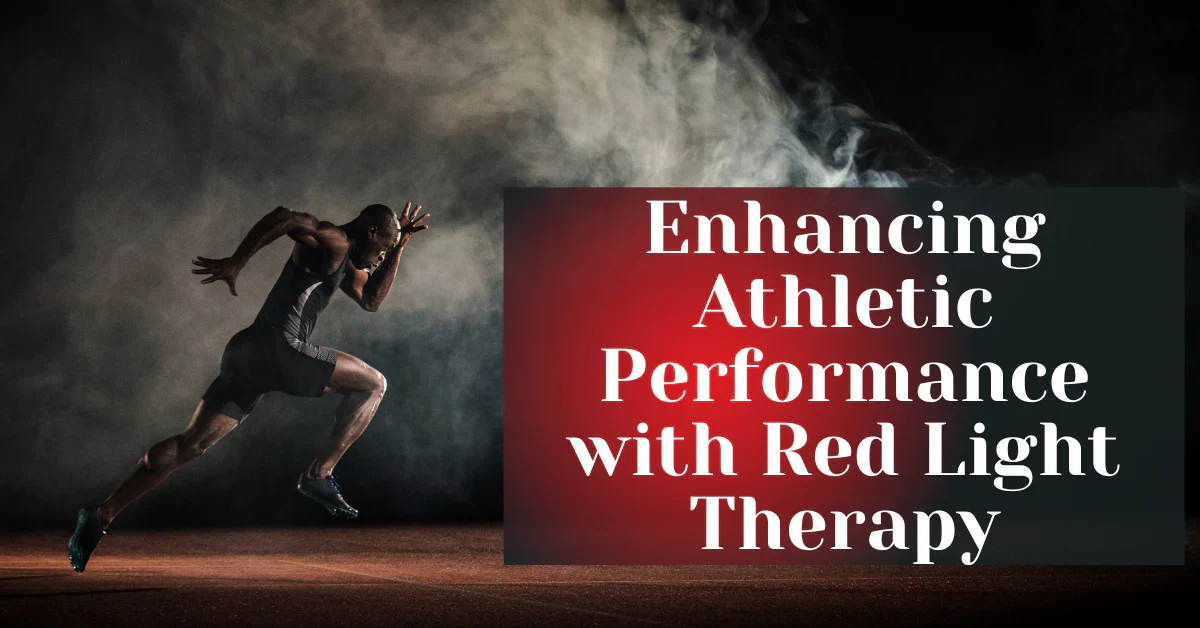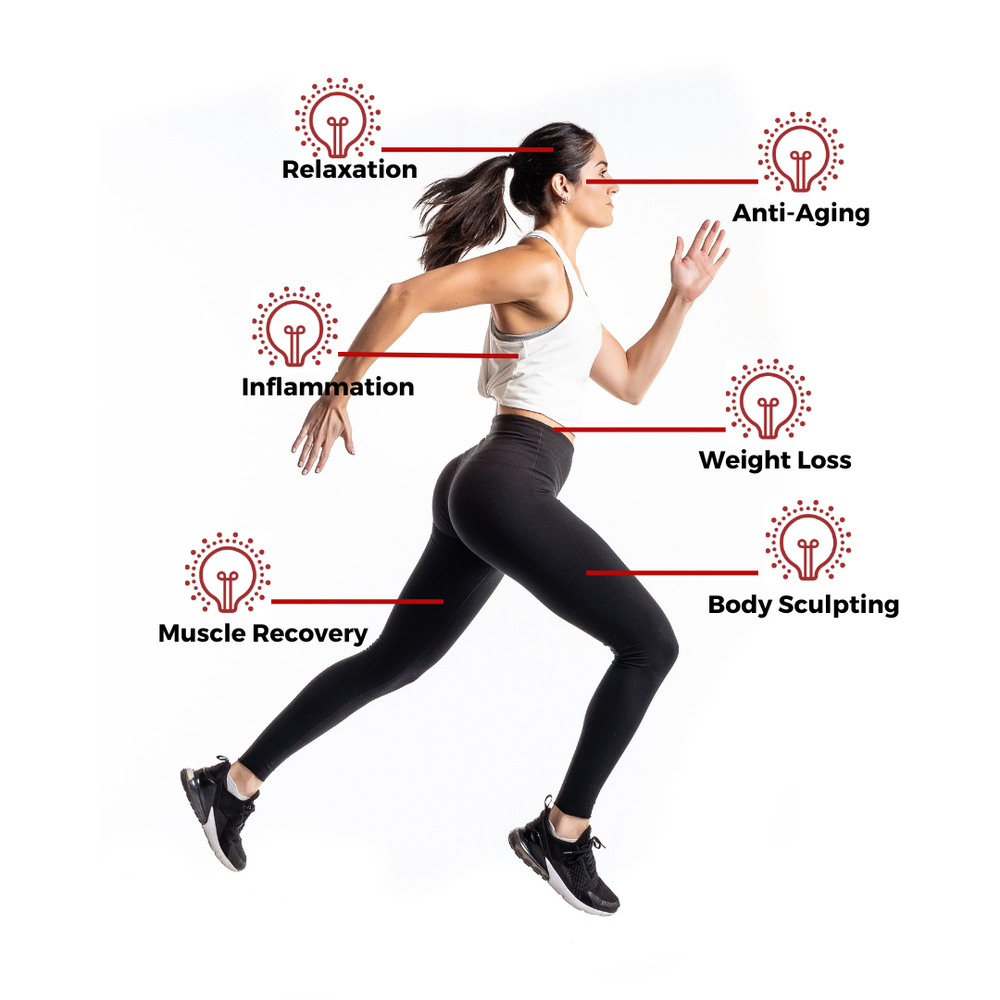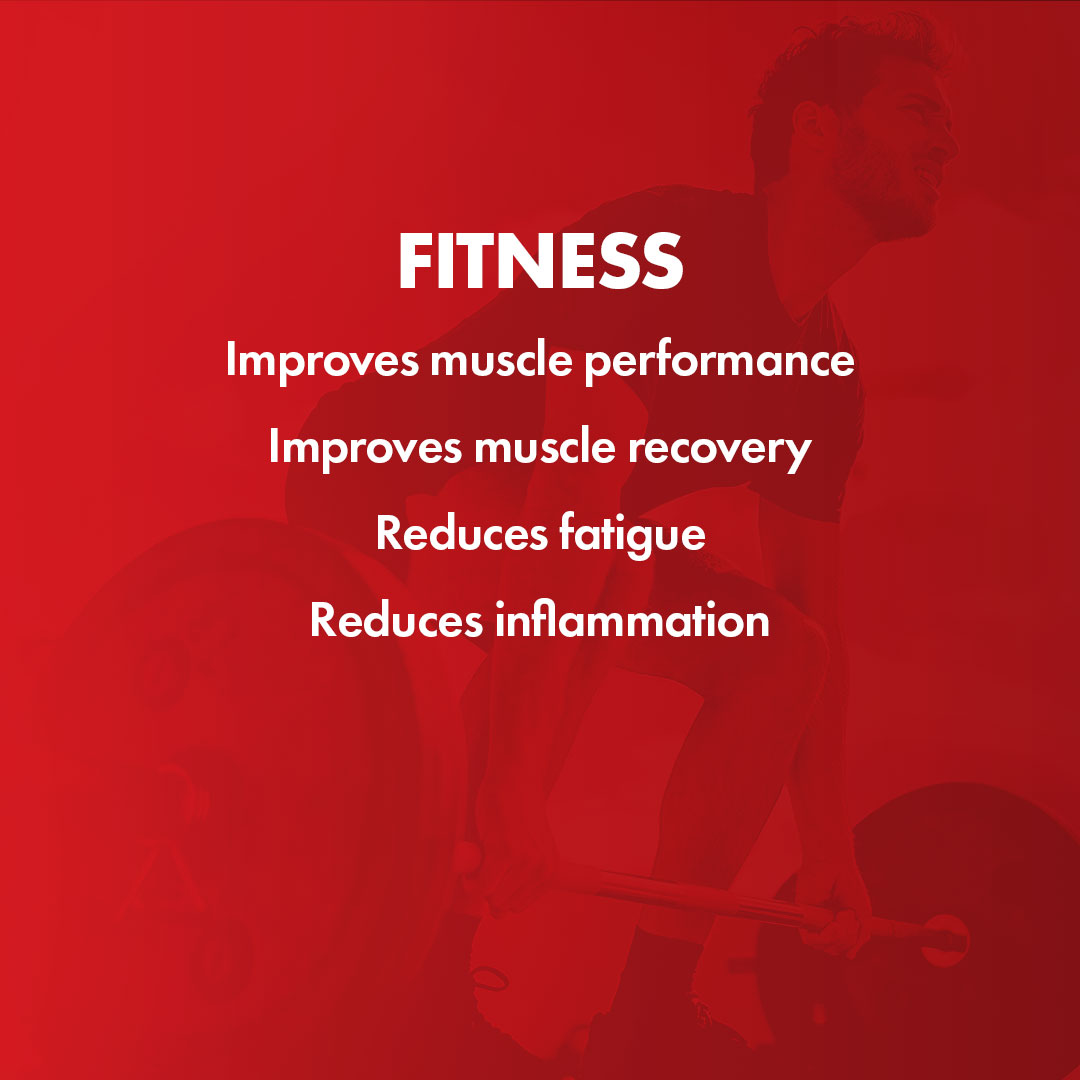
1.Introduction
Red or near-infrared light therapy, labelled as photobiomodulation, is said to help recover and regenerate damaged tissue. The use of light therapy prior to and/or subsequent to activity, can help elevate sport performance. It is seen that the use of Red Light Therapy helps increase muscle mass after training, decrease inflammation, and decrease oxidative stress.
2.Physiology
The Red Light and Near-Infrared Light stimulates mitochondrial activity when the light directed on the tissues is absorbed by cytochrome c oxidase. Due to this effect, there is a generous increase in ATP, the body's muscle energy molecule. This is one big reason of how Red Light Therapy helps with providing the muscle with more energy.
 3. Red Light Uses & Evidence
3. Red Light Uses & Evidence(1) Upper Limb
Various wavelengths of redlight were utilised in different studies of administering the treatment on muscles in a pre-conditioning set up before a workout. It was found that there was not a significant effects noted with these wavelengths on muscle tissue recovery and repair.
A study by Douris et al , using a Red Light device with 36 LEDs, and wavelengths of 660nms and 880nms, on the biceps brachii muscle after elbow flexion and extension, found that there was a significant effect on the reduction of DOMS after 48 hours.
When considering pre-conditioning of muscles, a study by Leal Junior et al , applied a light of 655nm on the biceps brachii before elbow flexion/extension. The light was applied at 4 points on the muscle and then a Maximum Voluntary Contraction was carried out. The number of repetitions and time significantly increased with the use of the red light as a pre-conditioning measure.
A muscular pre-conditioning routine was conducted by Leal Jr et al (2009) , with the Red Light at 830nm applied at 4 points on the biceps brachii. This was compared to a wavelength of 660nm, and 830nm, prior to MVC on a Scott bench . There were significant differences found with the pre-conditioning in the mean and peak force generated, but significant differences were not seen with the different wavelengths.
A study by Leal Junior et al , applied a pre-conditioning protocol on two points on the biceps brachii for 30 sec, with 5 laser diodes of 830nm in wavelength. It was found that an increased number of repetitions of biceps contractions could be achieved, with a decreased lactate level in blood, and a lower creatine kinase and C-reactive protein. A similar result was found with the use of a device with 69 LEDs, with the wavelengths of 850nm and 660nm, on 1-site of the biceps brachii.
Borges et al looked at the post-exercise effects of 630nm wavelength of Red Light on eccentric elbow flexion and extension. It was seen to result in a reduction in DOMS, and a slower reduction in possible isometric force. A lower reduction in the decrease in range of motion was also noted overtime, after 24 hours, 48 hours, 72 hours, and 96 hours.
(2) Lower Limb
A study by Leal Junior et al. provided Red Light Therapy to the rectus femoris muscle prior to administering the Wingate tests as a part of a muscular pre-conditioning procedure. With the use of an 830nm wavelength, there were no significant effects noted on muscle performance, however creatine kinase and lactate levels in the bloodstream were reduced in comparison to a placebo group.
Another study was conducted by Leal Junior et al. using the Wingate test, and comparing the effects of a single diode Red Light device at a wavelength of 810 nm to a device with 69 LEDs at 850 nm and 660 nm. This was applied at two areas on the rectus femoris muscle and was measuring muscle performance of athletes in a pre-conditioning regimen. It was seen that the cluster of 69 LEDs lead to decreased creatine kinase levels in the blood, compared to the device with a wavelength of 810 nm and a placebo group. An improvement wasn't seen in muscle performance or a decrease in blood lactate levels of the group with the 810nm device. Comparable findings were noted by Denis et al. who did not notice a positive result with the device with 69 LEDs, with a wavelength of 950 nm and 660 nm. This was administered during the rest breaks of the Wingate tests. No significant differences were noted in muscle peak power, fatigue index, and blood lactate levels in comparison to a placebo group.
Baroni et al. conducted a study which involved assessing muscle performance using an exercise regime on an eccentric exercise in an isokinetic dynamometer. A muscular pre-conditioning regime was used with the Red Light Therapy device containing a cluster of 5 laser diodes at a wavelength of 810 nm. This was administered on six spots of the quadriceps femoris muscles. A higher maximal voluntary isometric contraction was noticed upon exertion and at 24 h after the exercise testing. A higher lactate dehydrogenase (LDH) activity at was seen at 48 h after exercise, while the creatine kinase levels decreased in blood after 24 h and 48 h, when compared to the placebo group. However, DOMS did not show any improvement.
4. Best time to use RLT
There are two key strategies for the use of Red Light Therapy in increasing muscle performance and exercise recovery, targeted at performance in sports. These include:
The first technique involves pre-conditioning the muscles before a workout/exercise. This involves shining the Red Light on the targeted muscle for 3-5 minutes before the exercise session. It is seen that effects are noticeable for 3-6 hours after receiving the Red Light Treatment.
Noticing a positive effect long after receiving Red Light Therapy is evident. Muscular pre-conditioning treatment applied to volleyball players 40-60 minutes before their activity helped with avoiding muscle damage with decreased creatine kinase markers in the bloodstream. This shows that applying the Red Light Therapy for about 1 hour, is effective with maintaining muscle condition, and can last for 72-96 hours, rather than applying the Red Light for only 3-5 minutes before activity.
Instead of a pre-exercise Red Light Therapy treatment, the second method works by applying the Red Light Therapy directly after activity to speed up muscle recovery. This is more effective when used in conjunction with exercise programs that span many days or weeks. The use of the Red Light after activity helps with solidifying the post-exercise gains, including gaining muscle and energy, and defense against oxidative stress. However, this method is not fully confirmed.
 5. Benefits on Muscle Tissue
5. Benefits on Muscle Tissue
- Prevention of muscle stress and damage after exercise, and prevention of Delayed Onset Muscle Soreness (DOMS)
- Increased muscle workload capacity, and increase in muscle fiber excitability
- Increasing resistance to fatigue
- Increasing functional and athletic performance
- Improving muscle recovery times after exercise
- Increase energy metabolism and ATP synthesis
- Stimulation of resistance against oxidative stress
- Modulation of gene expression by activating transcription factors.
